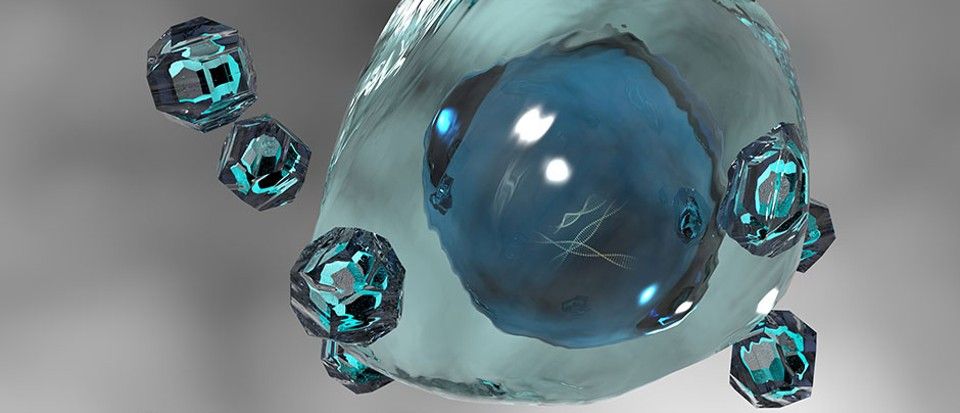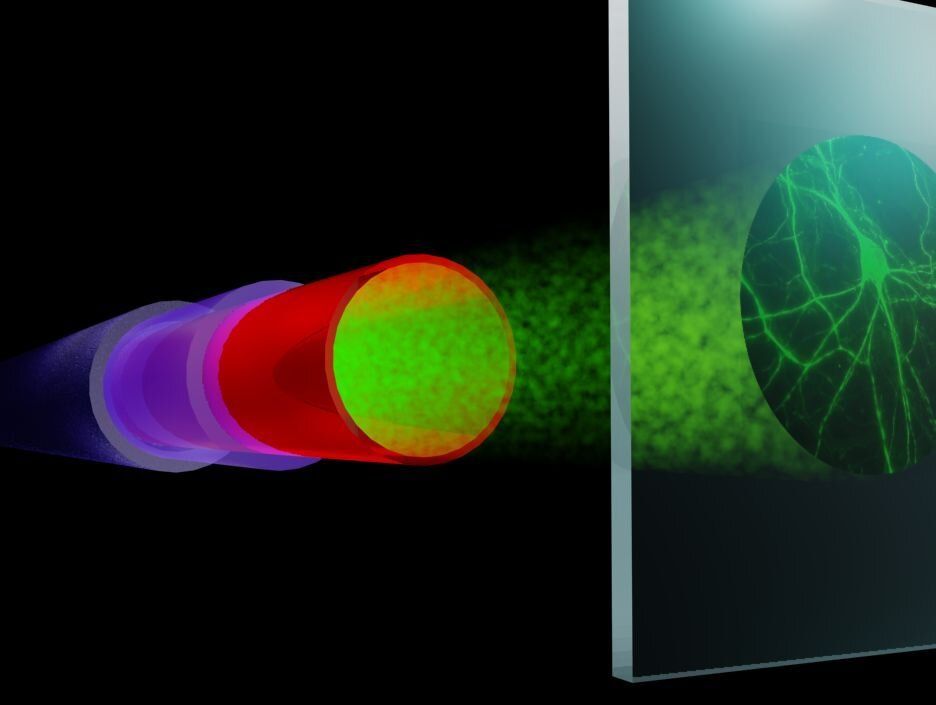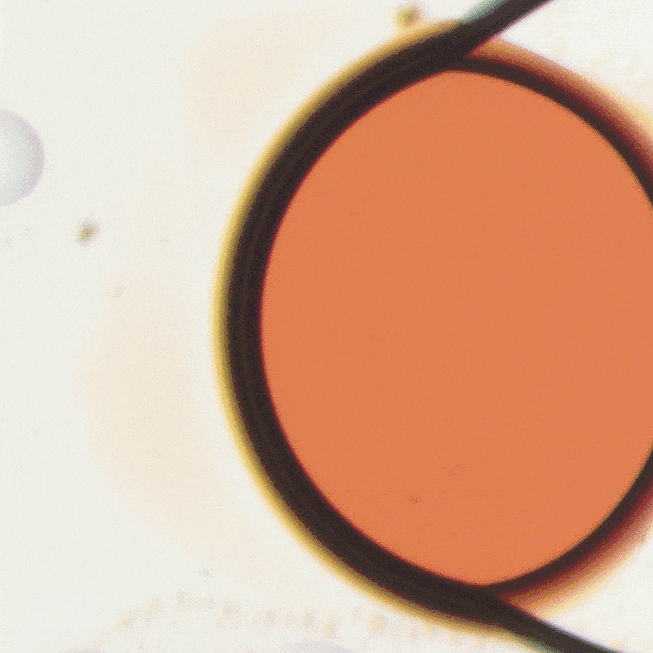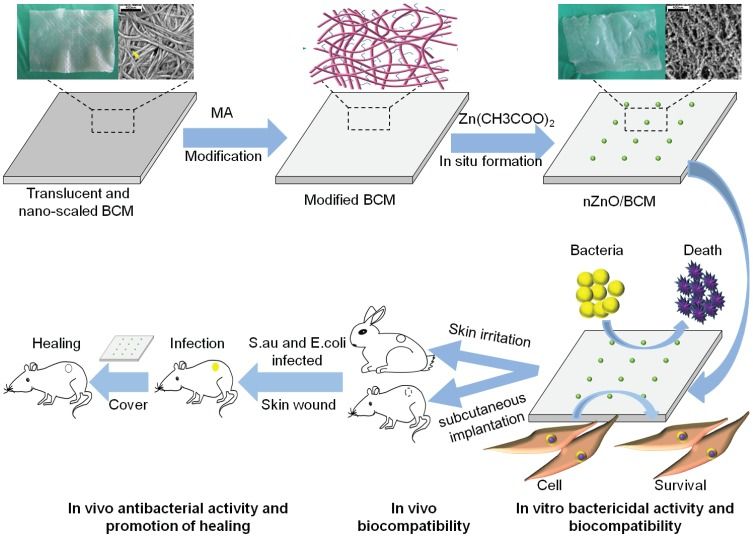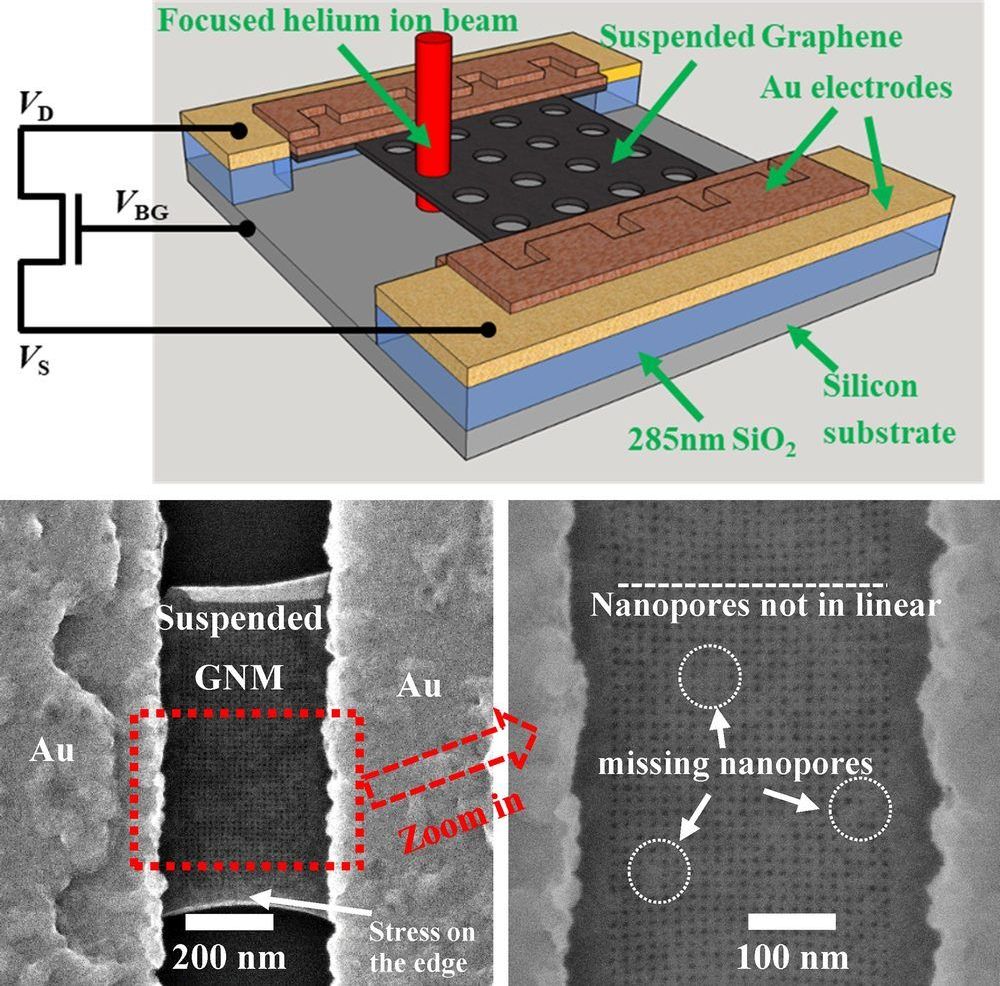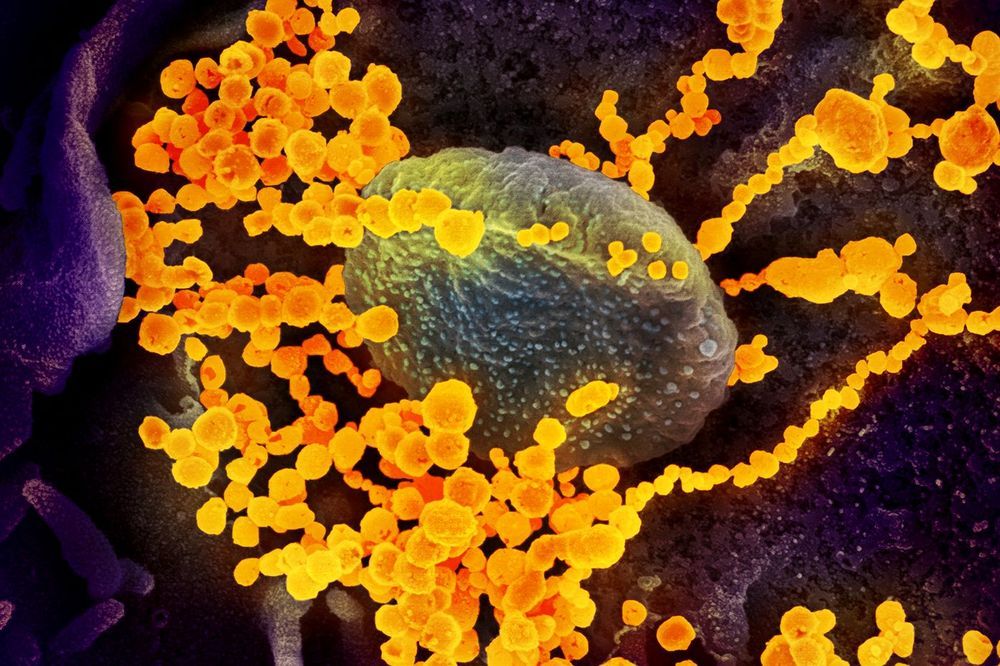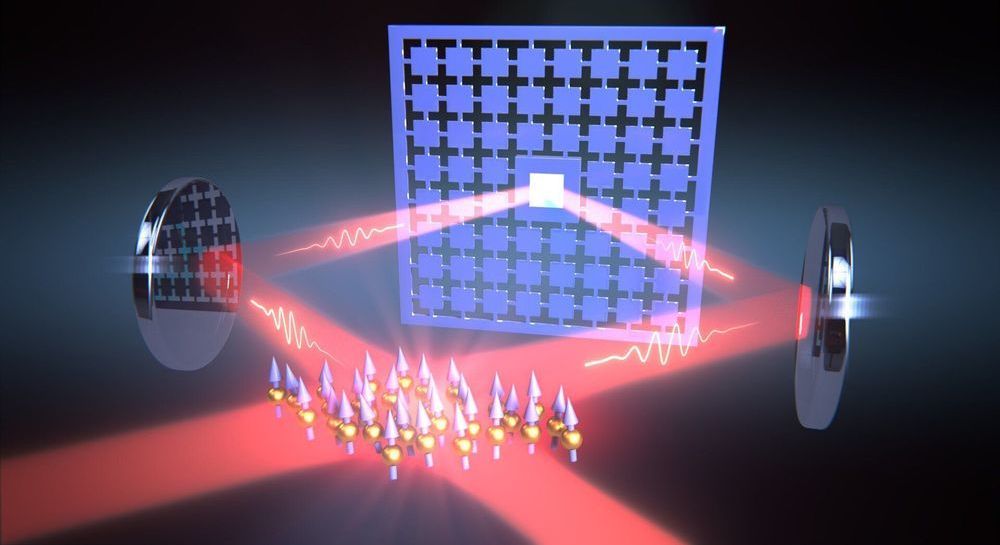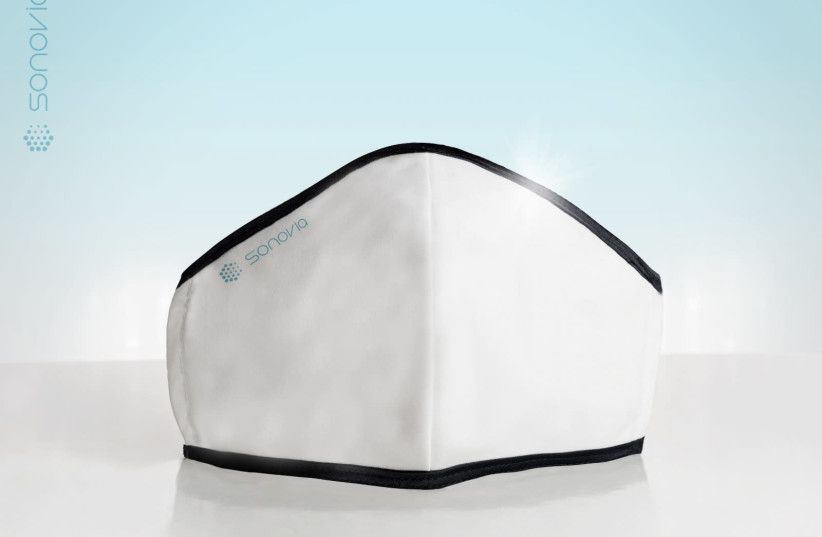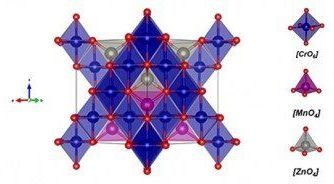May 11, 2020
Sonia Contera: How will nanotechnology revolutionise medicine?
Posted by Genevieve Klien in categories: biotech/medical, entertainment, nanotechnology
Nanotechnology is the application of science at a truly nano scale. To put that in perspective, if a nanometre were the size of a cup of tea, a meter would cover the diameter of the whole Earth.
Being able to control the world at such an intricate level has the potential to revolutionise medicine – enabling us to target cancer cells, deliver drugs and fight antibiotic resistance – but how do we create technology to that size?
Sonia talks to our editorial assistant Amy Barret about how her work in nanotechnology began, building proteins unknown to nature, and why going nano is nothing like in the movies.
